Hi there, pet lovers! 🐍
Are you considering adding a lively, unique snake to your collection? The Garter Snake might be the perfect fit. Often underappreciated and overshadowed by more popular species, these snakes offer a distinctive experience for pet owners. In this detailed review, we’ll explore everything you need to know about Garter Snakes, from their personality and care requirements to their affordability and availability. Whether you’re a beginner or an experienced reptile keeper, this guide will help you decide if a Garter Snake is the right pet for you.
Overview
Garter snakes are one of the most underrated yet fascinating snakes in the reptile-keeping world. Known for their vibrant colors, active nature, and relatively low-maintenance care, they make excellent pets for both beginners and experienced reptile enthusiasts. Native to North America, these snakes are hardy, adaptable, and come in a variety of stunning morphs. While they may not be as popular as ball pythons or corn snakes, garter snakes offer a unique and rewarding pet-keeping experience.
- Handling and Temperament: Active and energetic but can be jumpy and may musk when stressed.
- Care and Maintenance: Low-maintenance but require a bit more cleaning due to their active nature.
- Health and Durability: Hardy and resilient, with minimal health issues when cared for properly.
- Availability: Widely found in the wild but captive-bred specimens can be harder to find.
- Cost: Affordable to purchase and set up, with reasonable long-term expenses.
- Overall: A fantastic choice for those looking for an active and unique pet snake.
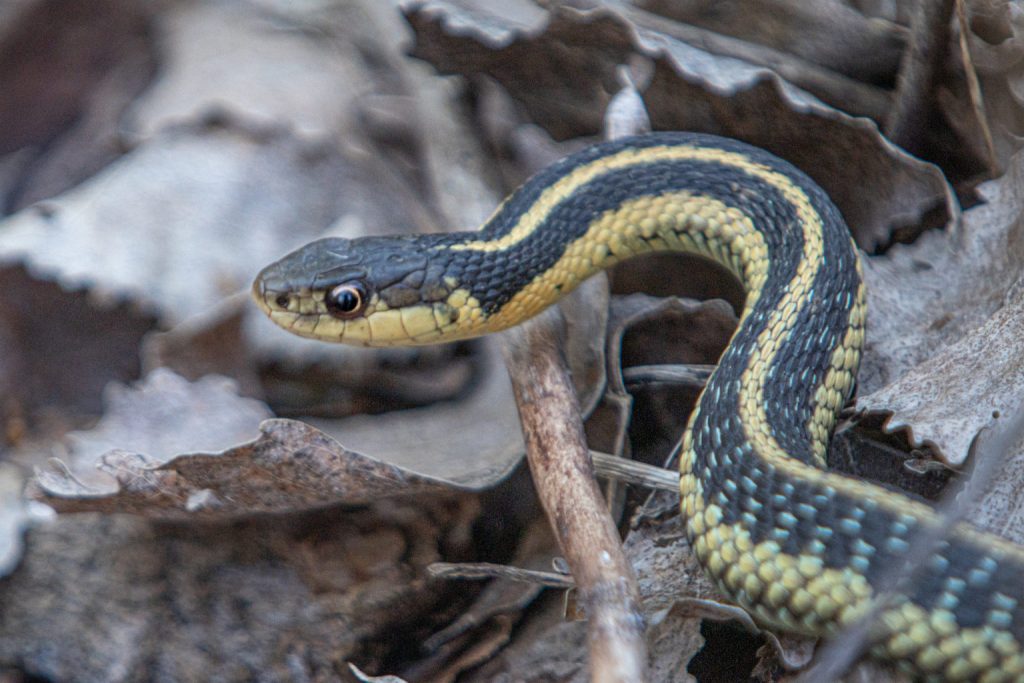
Why Choose a Garter Snake?
Garter snakes are ideal for those who want a lively, interactive, and relatively low-maintenance pet. They are small, easy to care for, and don’t require a lot of space, making them perfect for apartment living. Their diverse diet, which includes fish and worms, is a bonus for owners who are squeamish about feeding rodents. Additionally, their vibrant colors and active behavior make them a joy to watch and interact with.
Handling and Temperament
Garter snakes are known for their energetic and active nature, which can make handling both fun and challenging. While they are generally non-aggressive, their constant movement and tendency to musk when stressed can be a bit overwhelming for beginners.
Personality Variations
- Some garter snakes are calm and tolerate handling well, while others are more skittish and prone to musking.
- Their behavior as juveniles often reflects their adult temperament. A calm baby will likely remain calm as an adult, while a more active baby will stay energetic.
Handling Tips
- Always handle them gently to avoid stress or injury.
- Avoid handling them immediately after feeding or during shedding.
- Be mindful of their small size and delicate bodies, as rough handling can harm them.
Musk and Biting
- Garter snakes may release a foul-smelling musk when frightened, which can linger on your hands even after washing.
- They rarely bite, but if they do, their mild venom is harmless to humans, causing only minor swelling in rare cases.
Overall, garter snakes are a joy to handle, but their individual temperaments and active nature should be respected.
Care and Maintenance
Garter snakes are relatively low-maintenance, but their active lifestyle means they require a bit more attention compared to other beginner-friendly snakes. Here’s what you need to know to keep your garter snake happy and healthy.
Enclosure Setup
- Size: A 20-gallon tank is ideal for one adult garter snake. Larger enclosures are better for their active nature.
- Climbing Space: While not strictly arboreal, garter snakes enjoy climbing, so provide branches and foliage.
- Substrate: Use reptile carpet, paper towels, or coconut fiber. Avoid loose substrates that could cause impaction if ingested.
- Hiding Spots: Provide multiple hides to make them feel secure.
- Water Bowl: Include a large water bowl for drinking and soaking. Garter snakes love to swim!
- Security: These snakes are escape artists, so ensure the enclosure has a tight-fitting lid.
Humidity and Temperature
- Humidity: Garter snakes require moderate humidity (40-60%). Mist the enclosure lightly if needed.
- Temperature: Maintain a gradient of 75-85°F, with a basking spot of 88-90°F. Use a thermostat to regulate heat sources.
Feeding
- Diet: Garter snakes thrive on a diet of fish (like guppies or minnows) and worms (such as earthworms or nightcrawlers). Some can be transitioned to rodents for convenience.
- Supplements: Dust food with calcium powder occasionally to ensure proper nutrition.
- Feeding Schedule: Feed juveniles every 2-3 days and adults every 4-5 days. Adjust portion sizes based on their appetite.
Lighting
Garter snakes do not require UVB lighting if their diet is properly supplemented, but providing low-level UVB can benefit their overall health.
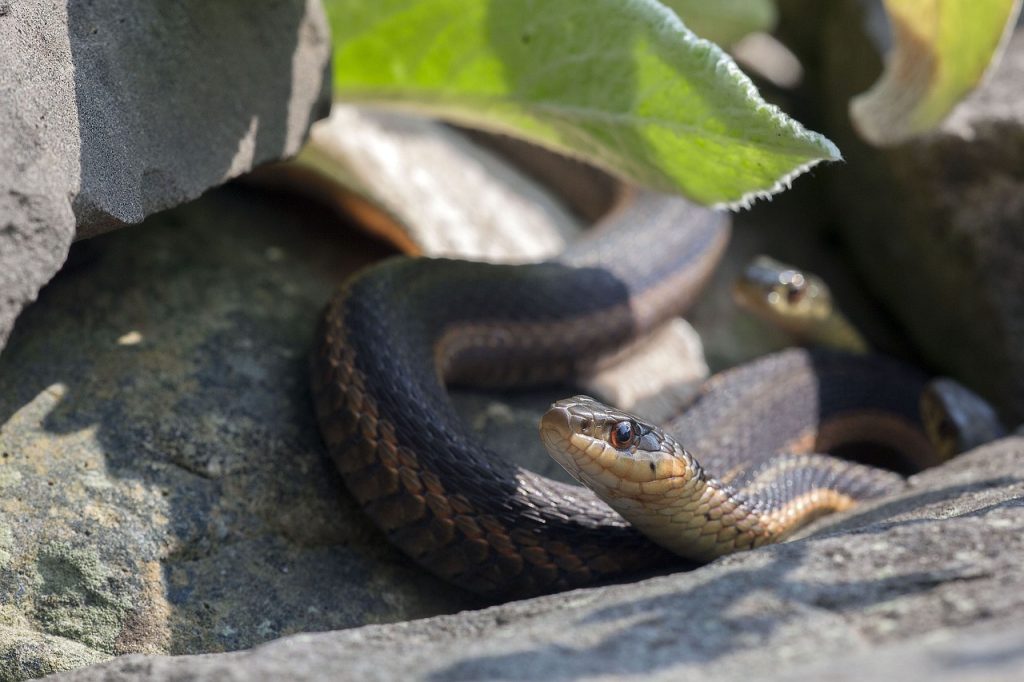
Health and Durability
Garter snakes are among the hardiest snakes you can own. With proper care, they rarely suffer from health issues and can live up to 10-15 years in captivity.
Common Health Issues
- Respiratory Infections: Caused by excessive humidity or poor ventilation.
- Dehydration: Occurs if humidity levels are too low or if they don’t have access to fresh water.
- Injuries: Due to their small size, they can be injured by rough handling or improper enclosure setups.
Preventative Care
- Maintain proper humidity and temperature levels.
- Handle them gently to avoid stress or injury.
- Provide a balanced diet and clean water.
With proper care, garter snakes are robust and long-lived pets.
Availability and Cost
Garter snakes are widely available in the wild, but captive-bred specimens can be harder to find. However, seeking out a reputable breeder is worth the effort, as captive-bred snakes are healthier and better adapted to life as pets.
Where to Buy
- Breeders: The best option for healthy, well-cared-for garter snakes.
- Reptile Expos: Great for meeting breeders and choosing from a variety of morphs.
- Pet Stores: Less ideal, but some stores carry garter snakes.
Cost
- Snake Price: $30 to $50 for wild-type specimens, with rare morphs costing $100 or more.
- Setup Cost: Around $100 to $200 for a basic enclosure and supplies.
Pros and Cons
Pros
- Active and entertaining to watch.
- Low-maintenance compared to other reptiles.
- Affordable to purchase and care for.
- Diverse diet options, including fish and worms.
- Hardy and adaptable to various environments.
Cons
- Can be jumpy and prone to musking.
- Require a secure enclosure to prevent escapes.
- More frequent cleaning due to their active nature.
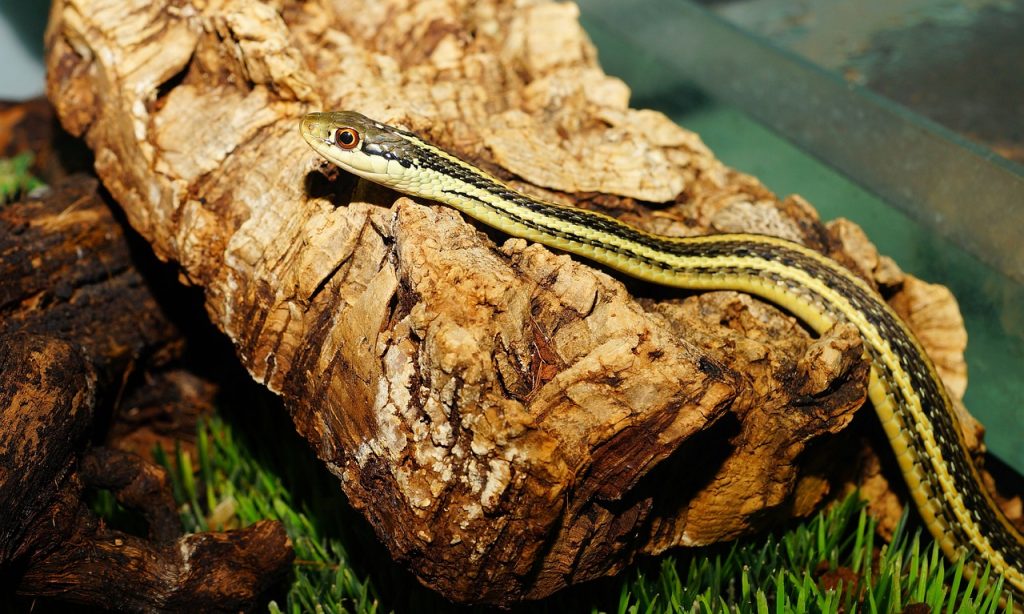
Final Thoughts
Garter snakes are a fantastic choice for anyone looking to add a unique and engaging pet to their home. Their ease of care, affordability, and lively personalities make them a favorite among reptile enthusiasts. While they do have specific care requirements, the effort is well worth the reward of having these delightful creatures as part of your family.
If you’re considering a garter snake, we highly recommend visiting a breeder or expo to meet them in person. Their individual personalities and stunning appearances are sure to win you over.
Have you ever owned a garter snake? Share your experiences and tips in the comments below!
For more reptile care tips and reviews, stay tuned to our blog and don’t forget to subscribe to our newsletter! 🐍



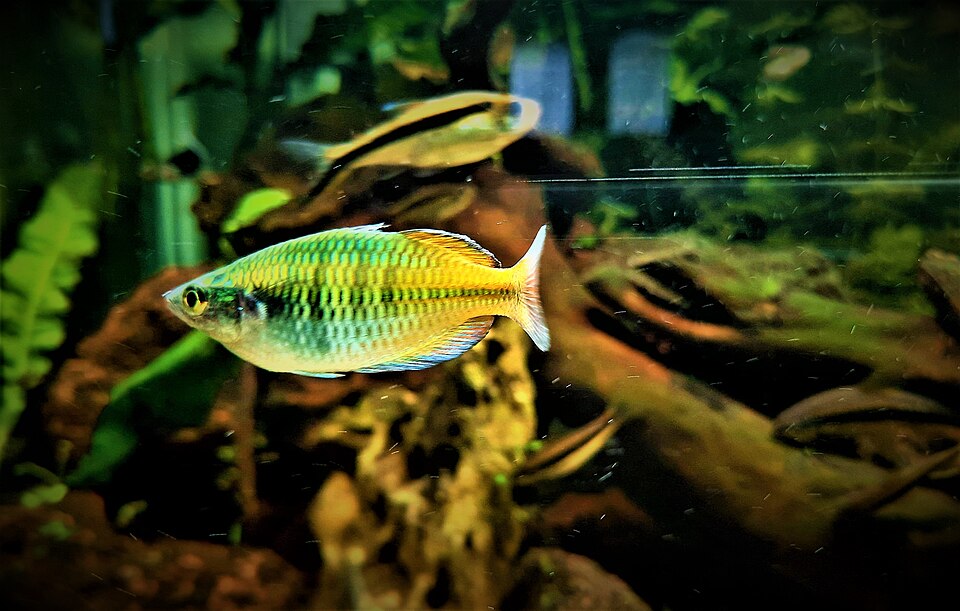
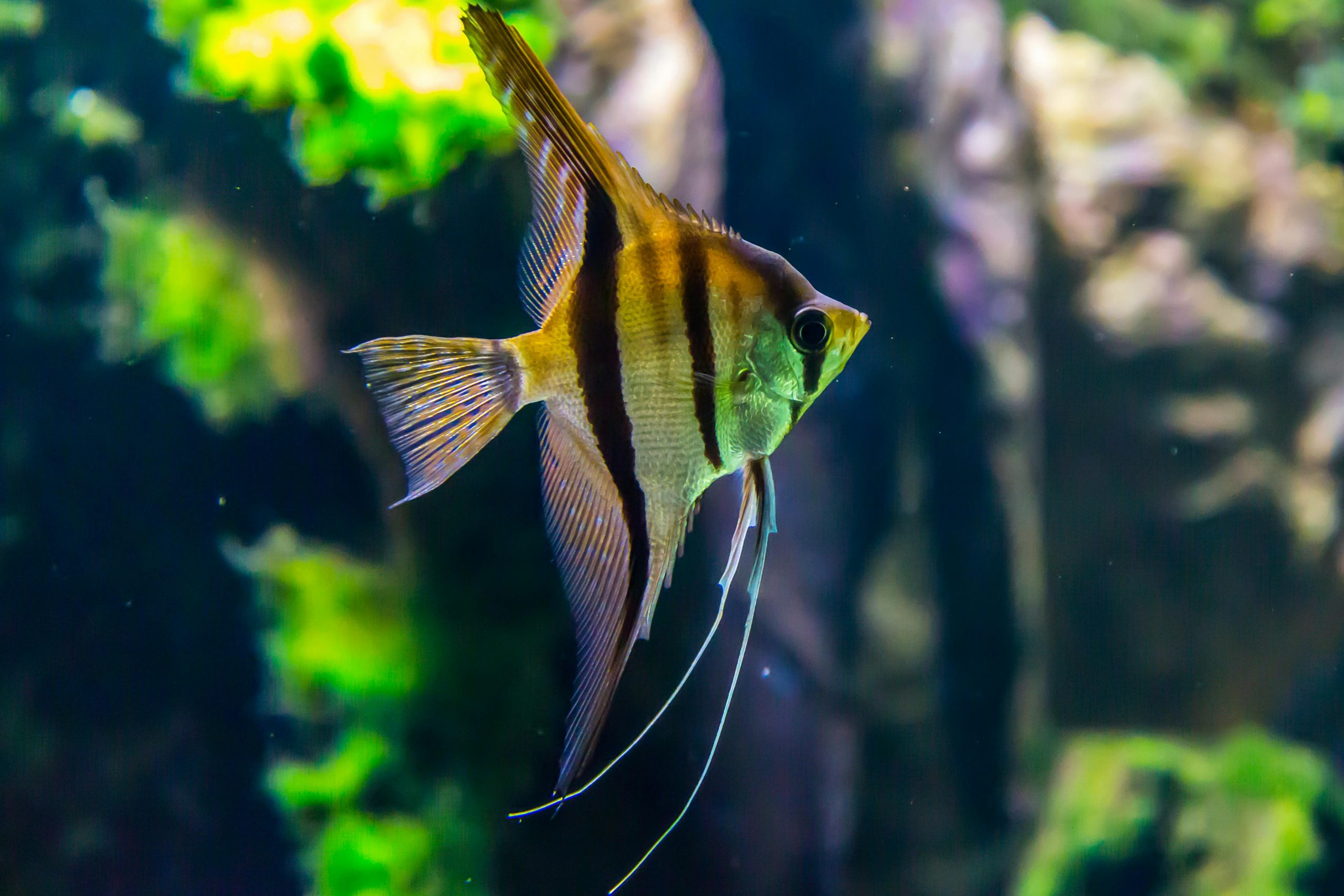
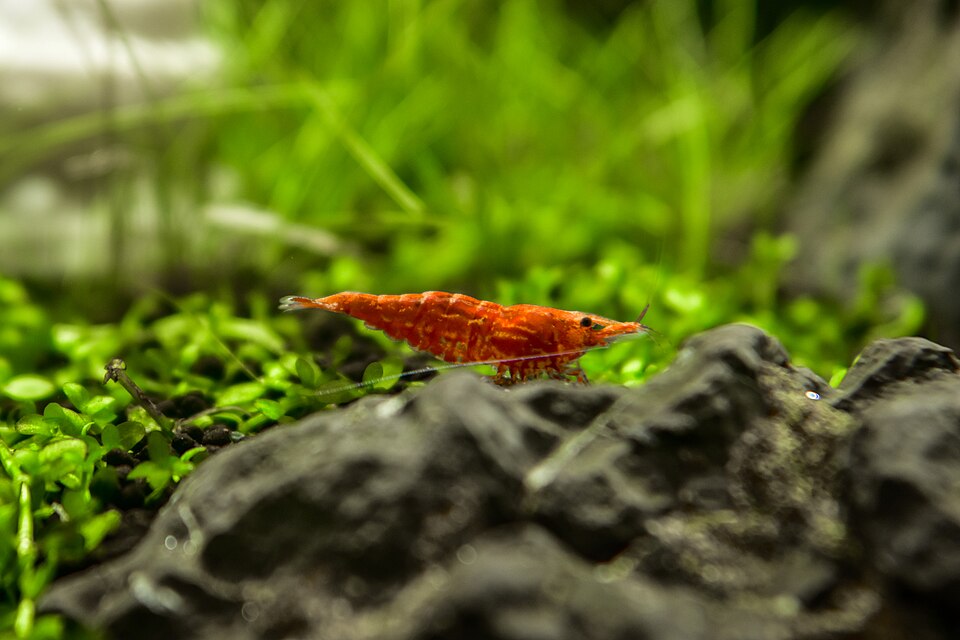

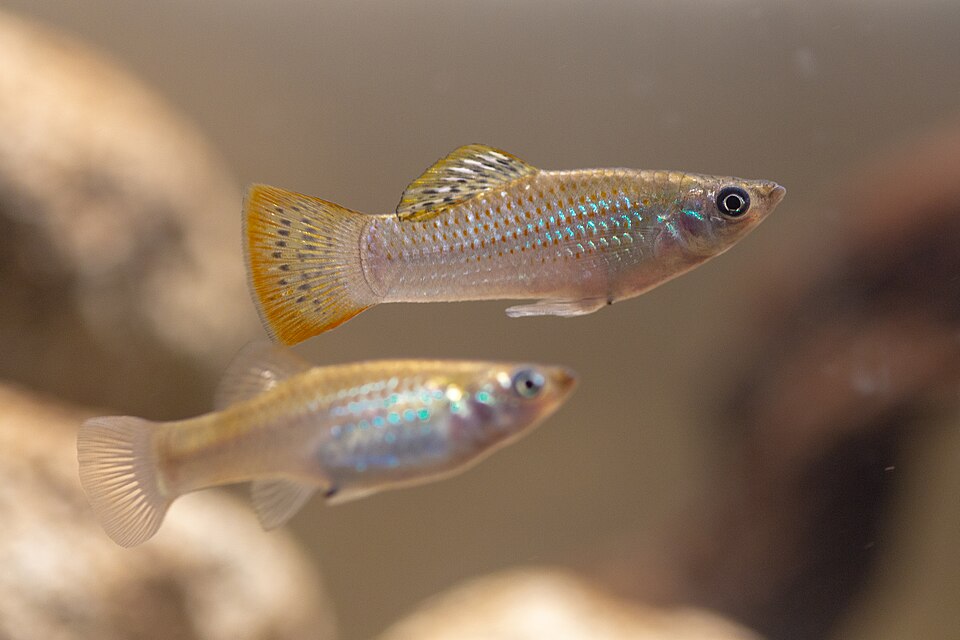
Leave a Reply